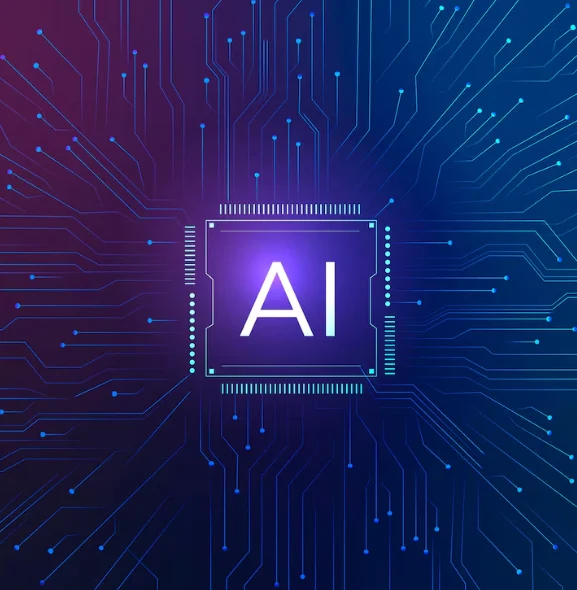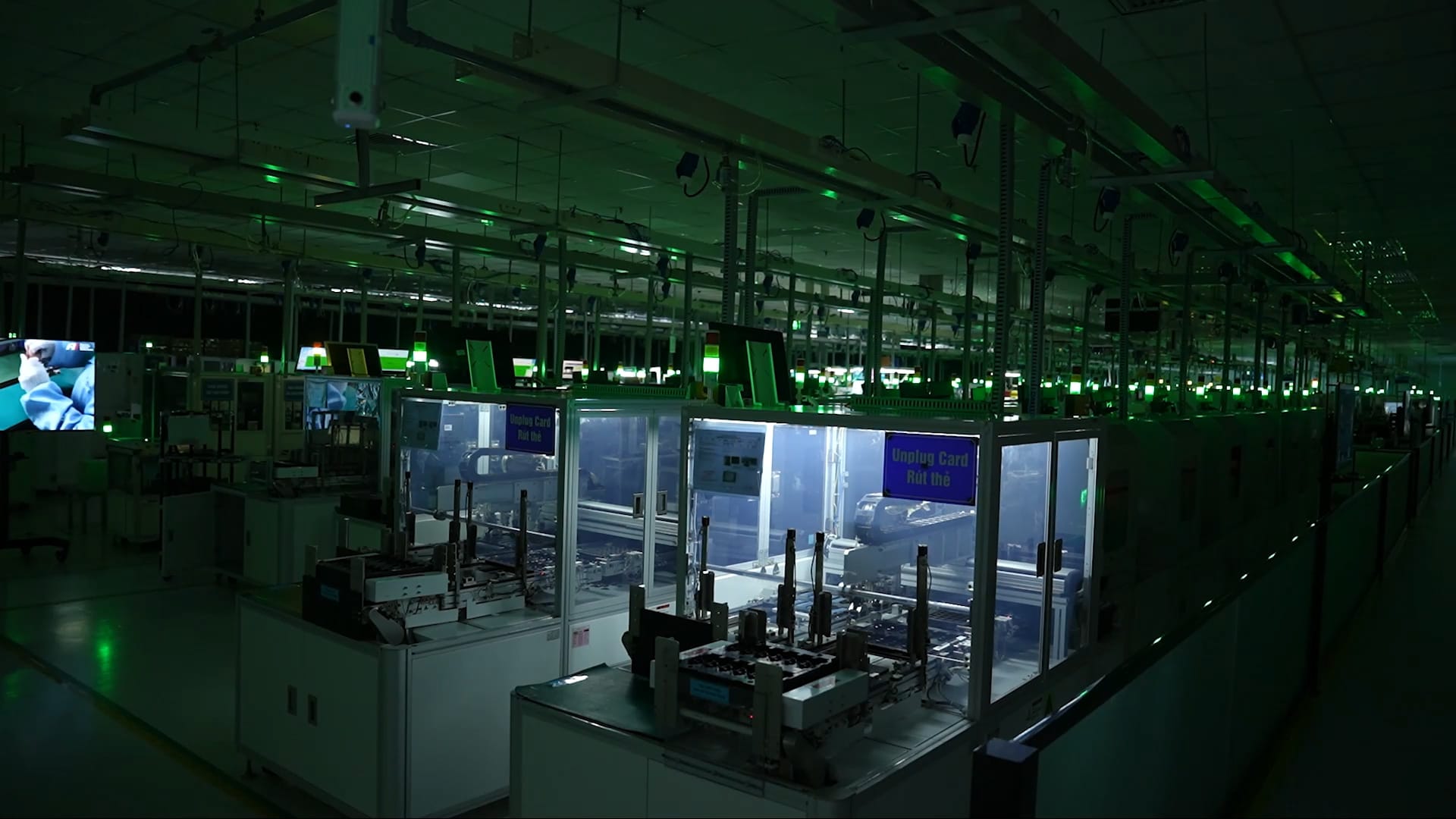Key Takeaways
1. Emerging Repair Market: A profitable repair market for high-end Nvidia GPUs has developed in Shenzhen, driven by scarcity due to U.S. export bans.
2. Impact of U.S. Restrictions: The U.S. has banned sales of the H100 and A100 GPUs to China, claiming they could aid military AI research, leading to increased demand for maintenance services.
3. Essential Maintenance: Regular maintenance of these GPUs is crucial as many have been in continuous operation, resulting in higher failure rates and the need for repairs.
4. Repair Costs: Repair prices range from ¥10,000 to ¥20,000 (approximately $1,400–2,800), reflecting the complexity of the work and the rarity of the hardware.
5. Geopolitical Context: Despite U.S. concerns and legislative efforts to track high-end GPUs, the demand in China’s AI sector for maintaining these restricted products continues to thrive.
Surging demand in China for maintainance of high-end Nvidia graphics processors—despite Washington’s export ban—has led to a small yet profitable repair market in Shenzhen. Around a dozen specialized workshops are now promoting their ability to fix and revive H100 and A100 accelerators. According to industry insiders who spoke to Reuters, these devices have come into the country through gray-market avenues.
A Market Born from Scarcity
This market only thrives because the hardware is both rare and essential. In September 2022, the United States prohibited sales of the H100 to China and also restricted its predecessor, the A100. U.S. officials claimed that these advanced GPUs could speed up military AI research. Although Nvidia eventually produced a less powerful H20 silicon that meets the restrictions, Chinese research institutions and cloud service providers still desire the more capable H100 for training large language models.
Importance of Maintenance
Maintaining these chips has become crucial. Many of them have been operating continuously in data centers for an extended period. Consequently, failure rates are increasing. Typical lifespans of two to five years mean that power-delivery circuits, high-bandwidth memory modules, and cooling fans require regular maintenance. One long-time graphics-card expert mentioned that it launched a separate subsidiary in late 2024. This new entity now refurbishes up to 500 AI GPUs each month, testing each repair in a 256-node server environment that replicates customer clusters.
Pricing for Repairs
Prices indicate both the rarity and the intricacy of the work. Shops charge between ¥10,000 and ¥20,000 (around $1,400–2,800) per card. This amounts to about 10 percent of the original price of the unit, covering repairs from solder-reflow tasks to HBM replacement. An equivalent eight-way H20 server officially sells for well over ¥1 million (≈ $139,000). Traders report that a B200-equipped chassis can be sold for more than ¥3 million (≈ $418,000).
Washington’s worries extend beyond smuggling issues. This year, bipartisan bills have been introduced that would require tracking the location of high-end accelerators after sale, aiming to curb illegal activities. Nvidia asserts that only the company and its authorized partners can deliver comprehensive technical support. The company cautions that using restricted products without updated firmware and software is “a non-starter.” Still, business in Shenzhen remains active. Currently, China’s AI companies see worth in keeping illicit silicon operational—despite the geopolitical challenges.
Source:
Link




